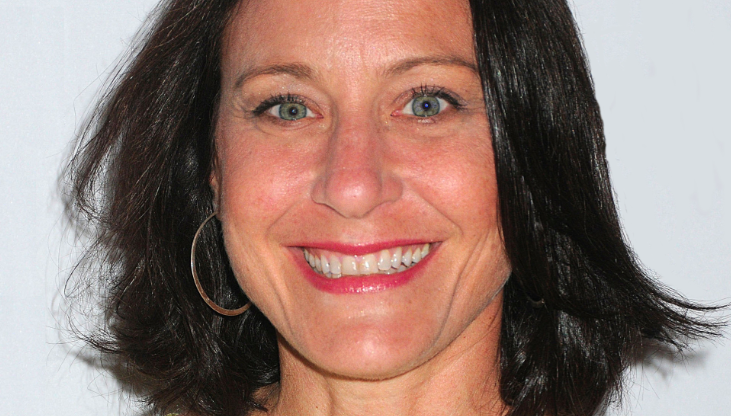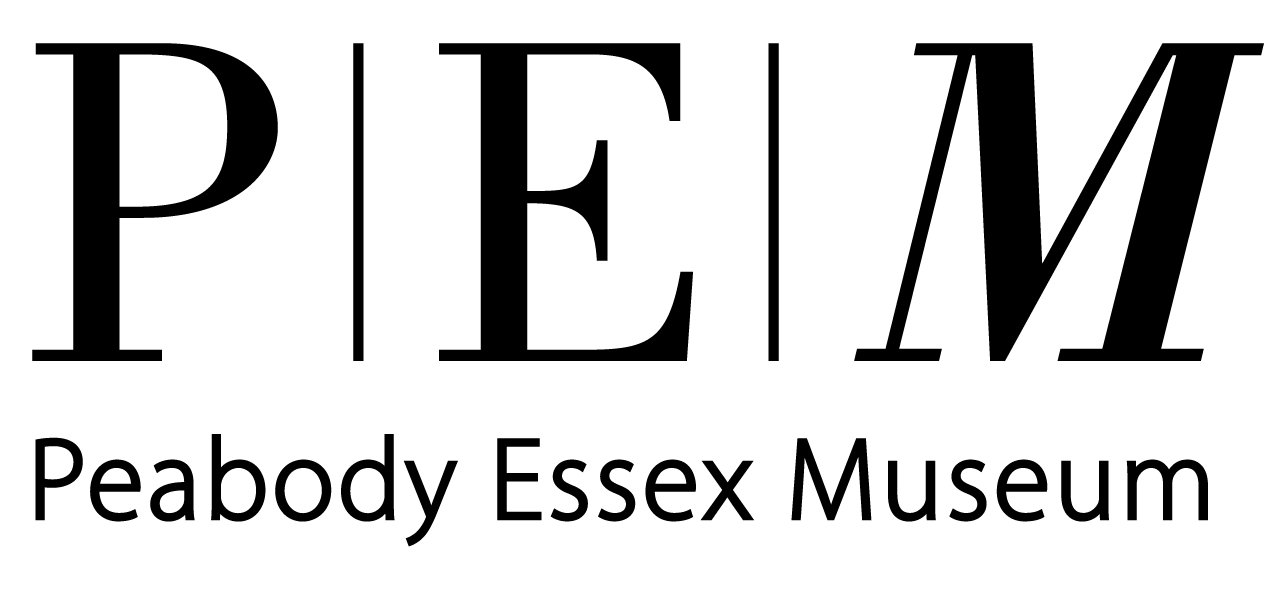


Bari Pearlman's film DAUGHTERS OF WISDOM was shown at SFF 2009, a year later she returned as a producer with SMILE 'TIL IT HURTS at SFF 2010, and then at SFF 2012 she shared her NANGCHEN SHORTS. This year, Pearlman served as a producer on THE LEPRECHAUN'S WIFE, a documentary short that will be part of SHORTS BLOCK 2, which screens at 12:15pm on Sunday, March 5 at The National Park Service Visitor Center. SFF program director Jeff Schmidt caught up with the NYC based filmmaker to talk about her work as a documentary filmmaker.
JS: How did you first get into filmmaking?Besides "directing" my little sister to do silly things on our family's Super 8 camera? A college friend and I were both dissatisfied with our post-graduate jobs and decided to make a film. We brainstormed some ideas and landed on Mah-Jongg, which she knew as a Chinese game growing up in Queens, and I knew as a Jewish game from my grandmother who was an avid player. We thoughtthere was something about that cross-cultural, cross-generational story that was worth exploring. So we spent the next few years following our instincts and honing our skills, and ended up making the award winning short film MAH-JONGG: THE TILES THAT BIND. It was really our "little engine that could" because even after almost 20 years, it's still a cult favorite.
JS: We first met you at SFF 2009, when we screened DAUGHTERS OF WISDOM and then again at SFF 2010 with SMILE 'TIL IT HURTS, and one more time at SFF 2012 when we screened your NANGCHEN SHORTS. Can you talk about filming those documentaries and give us any updates on what has happened to your film subjects or since we screened those films?
I'm happy to say that the Buddhist nuns of Kala Rongo monastery and their rural neighbors, who were the subjects of both DAUGHTERS OF WISDOM and NANGCHEN SHORTS, are thriving. The zip line across the Mekong is now a bridge, cellphones abound, and the mud and straw temple has been rebuilt with cinderblock and rebar, so modernity encroaches as life continues apace. As for SMILE TIL IT HURTS, Up With People is still touring the world, and our society is still exhibiting pockets of tunnel-vision ideology, so I guess we're status quo!
JS: This year, we'll be showing your most recent film, a short called THE LEPRECHAUN'S WIFE . I understand that you and director Alexandra Shiva didn't have to look far from your last film HOW TO DANCE IN OHIO to find your film subject?
Sondra Williams is an extraordinary woman living on the autism spectrum, who Alexandra first met at a conference in New Jersey. Sondra invited her to visit her therapeutic community in Columbus, where the idea for HOW TO DANCE IN OHIO evolved as a coming-of-age story of teens and young adults living on the autism spectrum. As a middle-aged wife and mother of four, Sondra didn't end up being featured in that film. But she was such an inspiration to us, and her story so exceptional, we decided to honor her life and work with her own short documentary.
JS: As a documentary filmmaker, what motivates and inspires you?Our complex and convoluted choices that makes us human.
JS: As we celebrate 10 years of Salem Film Fest, what do you think is the importance of documentary film in our daily lives and society?
Documentaries function simultaneously as mirrors and magnifying glasses of human experience. They have the potential to elevate us as individuals and communities by giving us cause to reflect, reassess and realign our priorities and promises to ourselves and to each other.
THE LEPRECHAUN'S WIFE screens as part of SHORTS BLOCK 2

